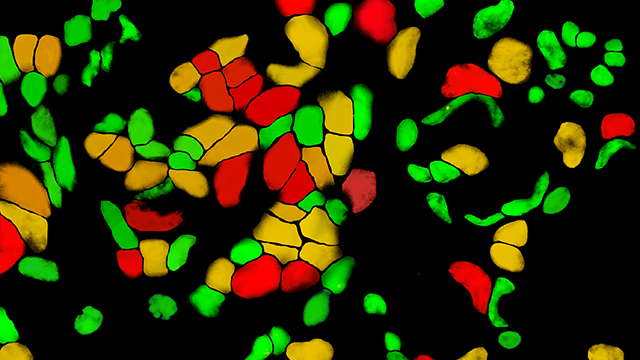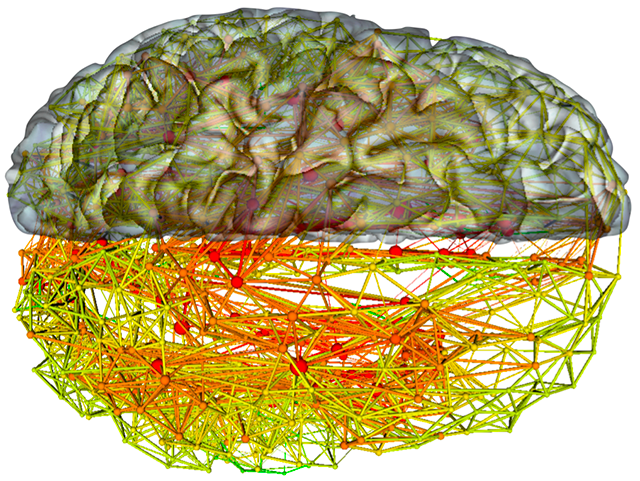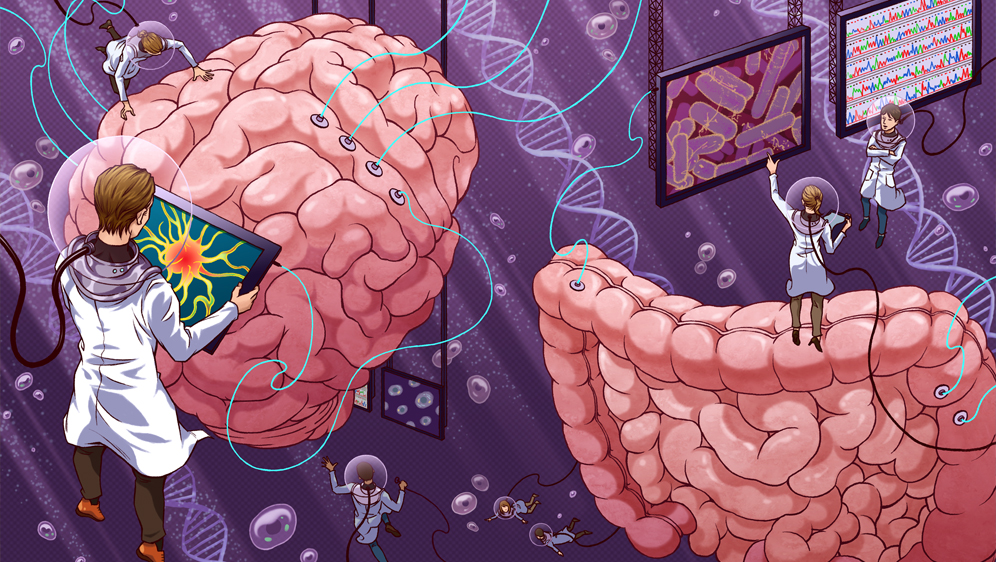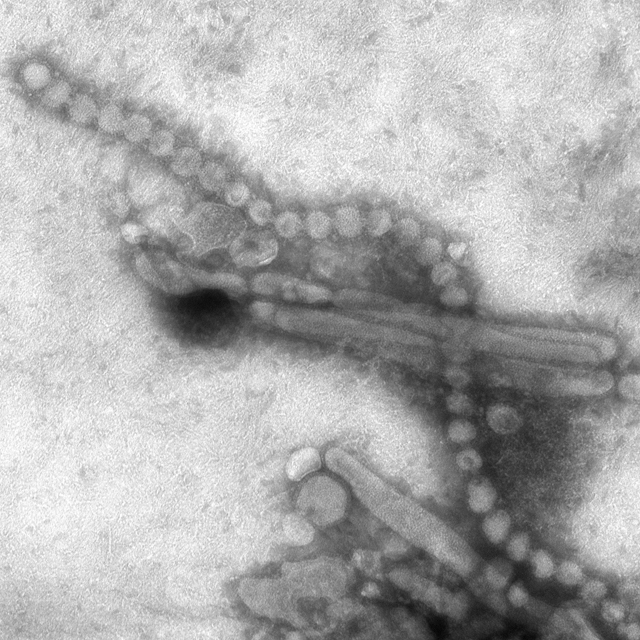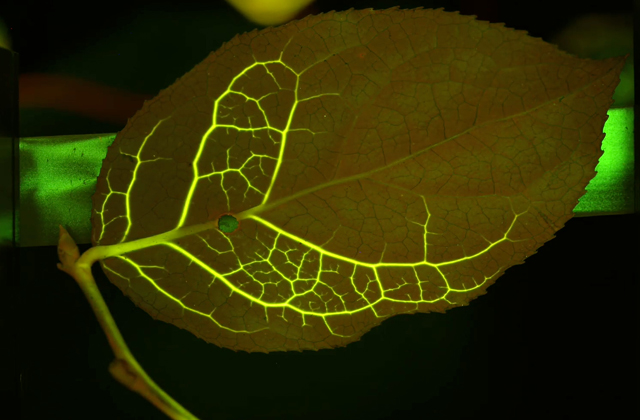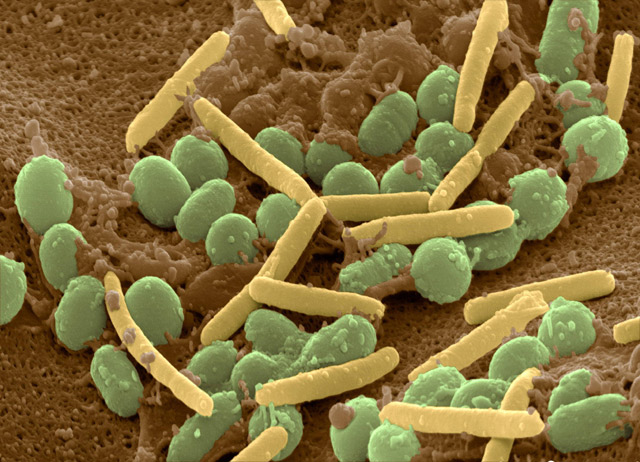Latest Articles
Inside a Brain Circuit, the Will to Press On
A rare brain stimulation study suggests that a brain circuit known as the “salience network” contributes to differences in our ability to overcome challenges and cope with stress.
Tracking the Evolution of Cancer, Cell by Cell
Analyzing individual cancer cells could reveal the answer to some of the disease’s most enduring mysteries.
In Brain’s ‘Rich Club,’ Meetings of the Mind
Neuroscientists have identified a network of highly linked brain regions that could prove essential in integrating information and facilitating higher-order cognitive tasks.
Our Bodies, Our Data
New technologies have launched the life sciences into the age of big data. Biologists must now make sense of their windfall.
Decoding Flu Viruses Before an Outbreak
Machine learning techniques are helping scientists pinpoint the mutations that allow bird and pig viruses to infect humans.
In Natural Networks, Strength in Loops
In the complex architecture that ferries fluids in plants and brains, scientists are finding a model of resilience.
On the Microbial Frontier, Cooperation Thrives
Population expansion may be a major driver in the evolution of cooperation, with implications for new antibiotics, cancer treatments and perhaps even human behavior.
Tiny Genomes May Offer Clues to First Plants and Animals
Symbiotic bacteria that dwell within insect cells are intricately intertwined with their hosts, prompting scientists to question when these bacteria stop being bona fide organisms and become part of the cell.
A New Approach to Building the Tree of Life
More genetic data is available than ever before to help build evolutionary trees, but scientists are finding that different genes even in the same organism can tell conflicting stories.


